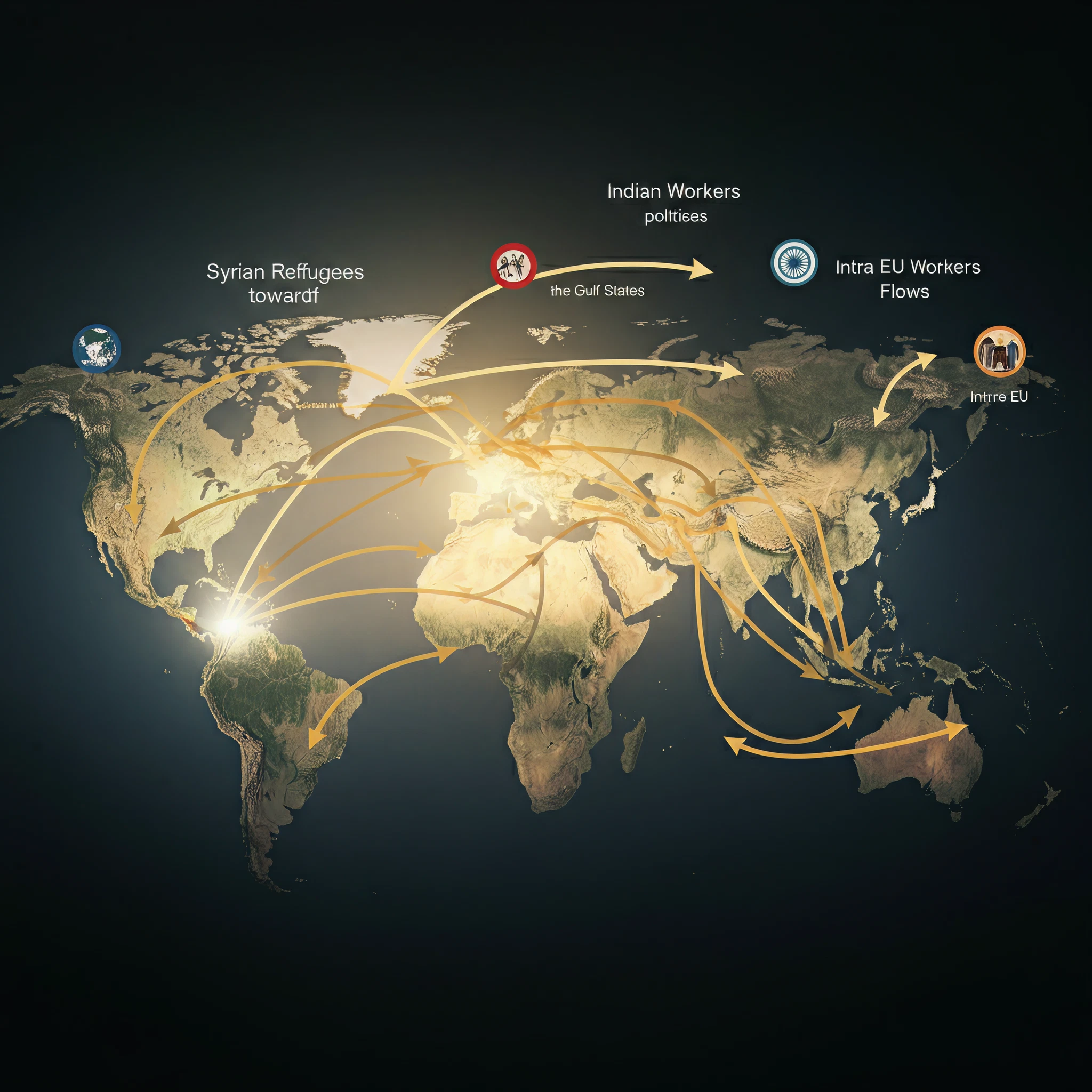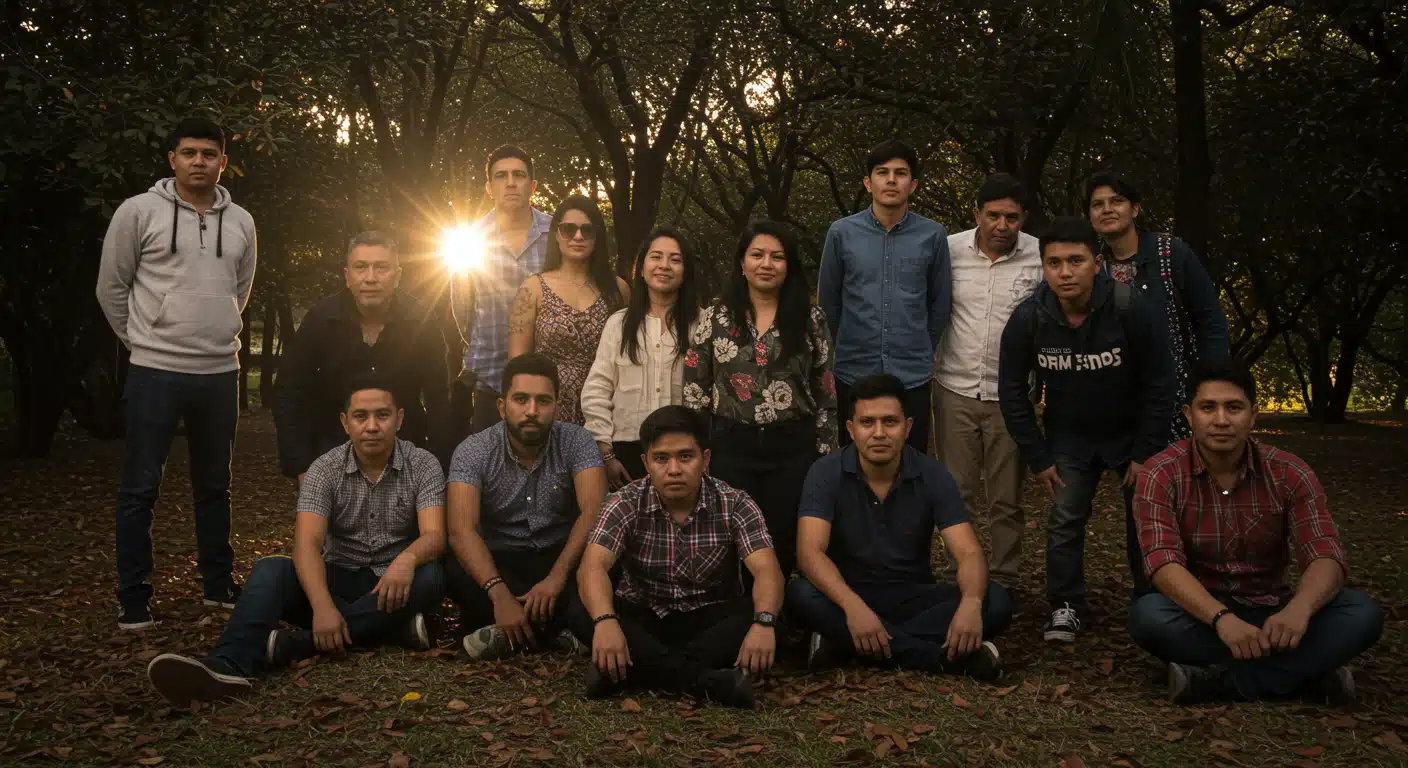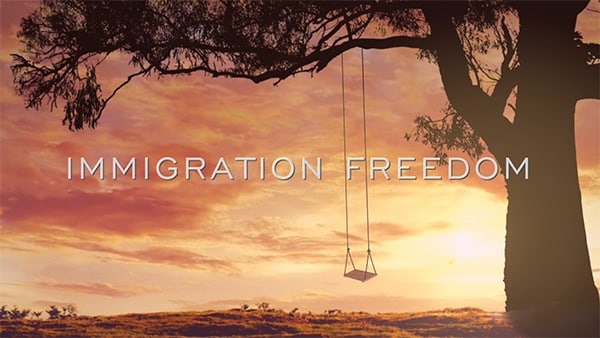Migration has always been a defining feature of human history, shaping societies, economies, and cultures. Beyond the U.S., international migration trends have captured global attention as increasing numbers of people move across borders in search of better opportunities, safety, and stability. But why do people migrate? Which regions experience the highest flows? And what impacts does migration have on countries of origin and destination?
This blog post explores the driving forces behind migration, the key patterns emerging across the globe, the challenges and opportunities migration creates, and the lessons we can learn from real-world examples. Let’s dig deeper into the complex, yet fascinating, phenomenon of international migration.
Why Do People Migrate? A Look at Push and Pull Factors
Understanding migration starts with examining the reasons why individuals decide to leave their home countries, or why they are drawn to specific destinations. Migration occurs due to a combination of “push” and “pull” factors:
Push Factors
Push factors compel people to leave their countries for reasons often beyond their control. These include:
- Conflict and Violence: War and conflict remain one of the biggest drivers of migration. For example, the Syrian Refugee Crisis has displaced millions due to civil war and violence.
- Economic Hardship: Poverty, unemployment, and lack of opportunities push individuals to seek a better life elsewhere.
- Political Instability: Corruption, persecution, and oppressive governments often cause forced migration or asylum seeking.
- Natural Disasters and Climate Change: Rising sea levels, floods, droughts, and catastrophes have displaced many across the globe, particularly in nations vulnerable to climate change.
Pull Factors
Pull factors are the attractive qualities of a destination country that incentivize people to migrate. These include:
- Better Economic Opportunities: Strong job markets and competitive wages drive movements, such as Mexican Migration to the U.S., which is largely driven by labor market demands in agriculture and construction.
- Safety and Security: Countries offering political stability, safety from conflict, and access to asylum appeal to those fleeing unstable regions.
- Higher Standards of Living: Access to comprehensive healthcare, quality education systems, and housing attracts migrants to developed nations.
- Cultural or Family Ties: Existing communities of immigrants make new arrivals feel more welcomed and supported.
Migration, however, is never a one-dimensional decision; it is influenced by an interplay of these diverse factors.
Key International Migration Patterns and Regions
Migration patterns vary greatly depending on global events and geographical locations. Below, we highlight key migration flows and corridors shaping the current global landscape:
1. The Syrian Refugee Crisis
This is one of the largest forced migration events in recent history. Millions of Syrians have fled to neighboring countries like Turkey, Lebanon, and Jordan, as well as to Europe. Germany, in particular, has welcomed large numbers of Syrian asylum seekers, underscoring both the opportunities and challenges linked to refugee migration.
2. Mexican Migration to the U.S.
Mexican migration to the U.S. remains one of the most studied migration trends. While historically driven by economic opportunities, recent years have seen a decline, influenced by tougher policies and economic shifts in both nations.
3. Indian Migration to Gulf States
Countries like the UAE, Saudi Arabia, and Qatar have become major destinations for temporary labor migrants from India. This example demonstrates how labor migration can be mutually beneficial, with workers contributing to Gulf economies while supporting their communities back home through remittances.
4. Brexit’s Impact on Migration in the UK
The UK’s decision to leave the European Union disrupted migration trends significantly. Brexit curtailed the free movement of EU citizens to the UK, with profound implications for labor markets, particularly in agriculture, healthcare, and hospitality.
5. Migration Within the EU
The principle of free movement has shaped migration within the EU. Nations like Germany, France, and the UK have witnessed high inflows of migrants from Eastern European countries like Poland, Romania, and Bulgaria. This migration often fills labor shortages in sectors like construction, healthcare, and agriculture.
The Impact of International Migration
Migration has wide-reaching social, economic, and cultural consequences. Here’s a closer look at some of the major effects:
1. Economic Contributions
Migrants often become key contributors to the economy, filling skill gaps and boosting productivity. Their remittances also play a vital role in supporting families and communities in their home countries. For example, Indian migrants in Gulf states send billions of dollars in remittances annually, which drive economic development in rural India.
2. Cultural Integration
Migration can lead to cultural enrichment and diversity. By bringing different perspectives, skills, and traditions, migrants contribute to a richer, more interconnected society.
3. Strain on Infrastructure
High levels of migration can initially strain housing, healthcare, and public services in destination countries. Proper planning and resource allocation are essential to manage these challenges effectively.
Challenges and Opportunities in Migration
While international migration presents immense potential for global development, it also comes with challenges that nations and policymakers must address:
Challenges:
- Integration Issues: Cultural differences and language barriers can hinder migrants’ ability to integrate into new societies.
- Xenophobia and Discrimination: Anti-immigration sentiment and policies can marginalize migrants, creating further social divides.
- Policy Tensions: Striking a balance between border security and humane, inclusive immigration systems is a significant policy challenge.
Opportunities:
- Bridging Skill Gaps: By enabling migrants to contribute to industries with skill shortages, countries can strengthen their economies.
- Global Collaboration: Collaborative migration policies across nations can lead to better resource sharing and mutual benefits.
- Demographic Balance: Immigration allows countries with aging populations to address declining workforces.
Moving Forward with Migration Trends
International migration is a complex, dynamic, and essential aspect of our interconnected world. While it brings challenges, it also creates unique opportunities for addressing global inequality and enriching societies around the globe. Understanding and navigating these migration trends requires collaboration, innovation, and compassion.
For individuals interested in migration issues, whether professionally or personally, staying informed of migration trends and policies will be key to fostering a more inclusive and equitable future for everyone.






